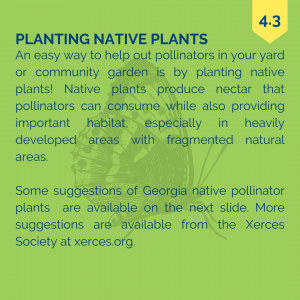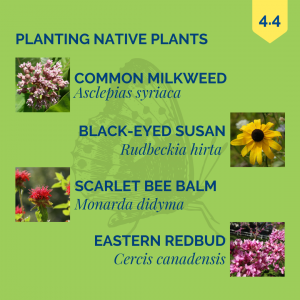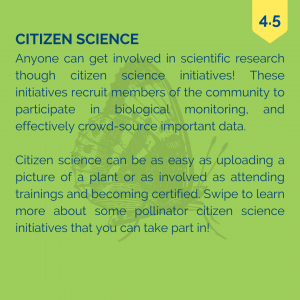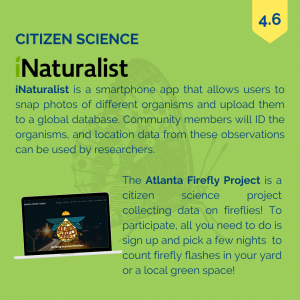In our last post, we focused on the different threats facing pollinators. Today, we’re featuring some easy ways for you to get involved in pollinator conservation at home or in your local green spaces.
Reducing pesticide use
Pesticides work to target and kill unwanted or invasive species, but the application of these chemicals can severely damage the health of an ecosystem. The widespread application of pesticides creates pathways for toxic chemicals to enter our water, soil, and food. From pollinators to humans, pesticides can damage the health of many organisms. By reducing your pesticide use at home—and supporting movements to reduce usage in your community—you can help to protect yourself, your neighbors and pets, and the environment from harmful toxins.
Instead of applying traditional pesticides to your lawn, consider using organic alternatives that do not absorb into plants or the ground.
- Choose products from the USDA list of approved organic pesticides to reduce your use of toxic chemicals!
- Look at the labels—there are many organic certifications that ensure a product contains safe materials.
- PETA highlights organic tips that can keep your garden pest-free and safe for any visitors.
- Hand weeding any unwanted species is the best pesticide alternative; getting your hands dirty is a great way to engage with your natural space and learn pesticide-free land management.
Planting native plants
An easy way to help out pollinators in your yard or community garden is by planting native plants! Native plants produce nectar that pollinators can consume while also providing important habitat, especially in heavily developed areas with fragmented natural areas.
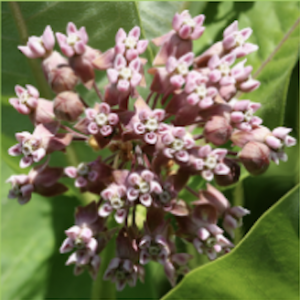
Some suggestions of Georgia native pollinator plants are available below. More suggestions are available from the Xerces Society and Georgia Audubon.
- Common milkweed, Asclepias syriaca
- Black-eyed Susan, Rudbeckia hirta
- Scarlet bee balm, Monarda didyma
- Eastern redbud, Cercis canadensis
Citizen science
Anyone can get involved in scientific research though citizen science initiatives! These initiatives recruit members of the community to participate in biological monitoring, and effectively crowd-source important data. Citizen science can be as easy as uploading a picture of a plant or as involved as attending trainings and becoming certified. Here are some opportunities:
- iNaturalist is a smartphone app that allows users to snap photos of different organisms and upload them to a global database. Community members will ID the organisms, and location data from these observations can be used by researchers.
- The Atlanta Firefly Project is a citizen science project collecting data on fireflies! To participate, all you need to do is sign up and pick a few nights to count firefly flashes in your yard or a local green space!



